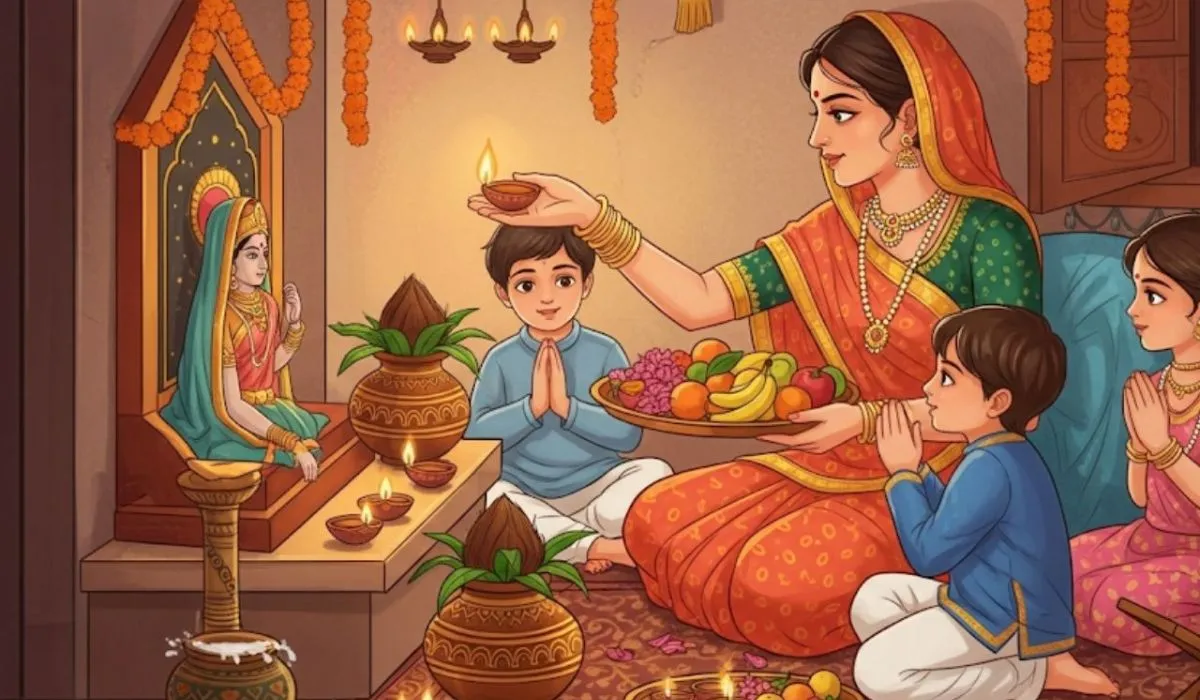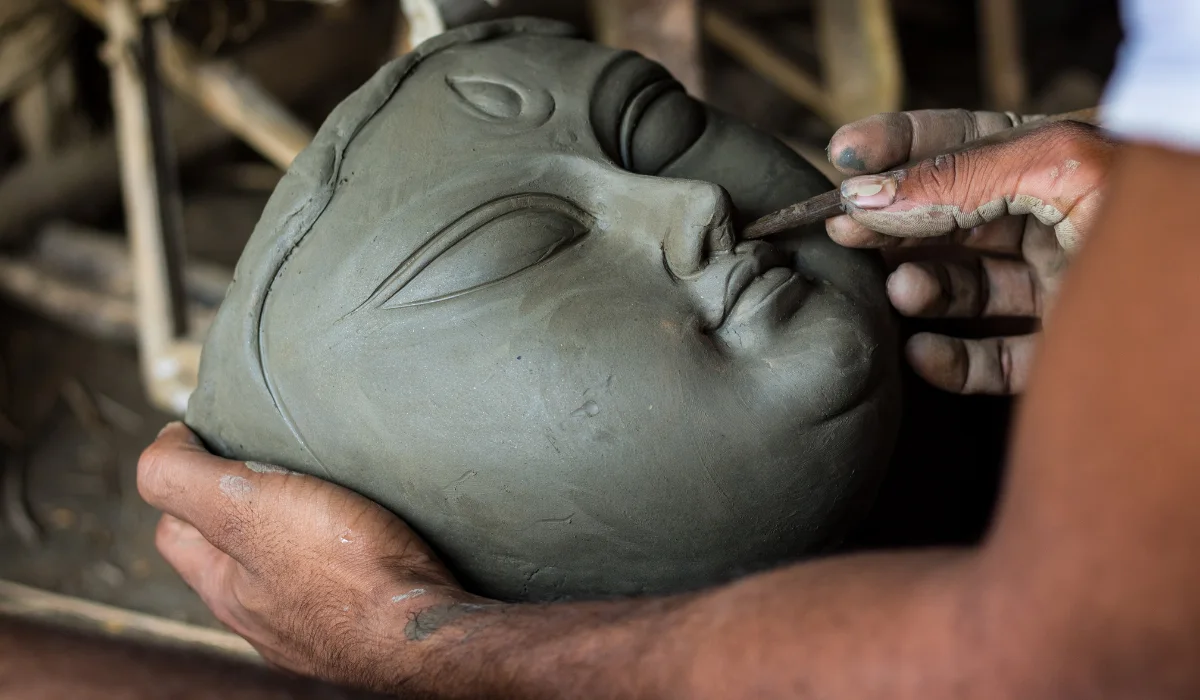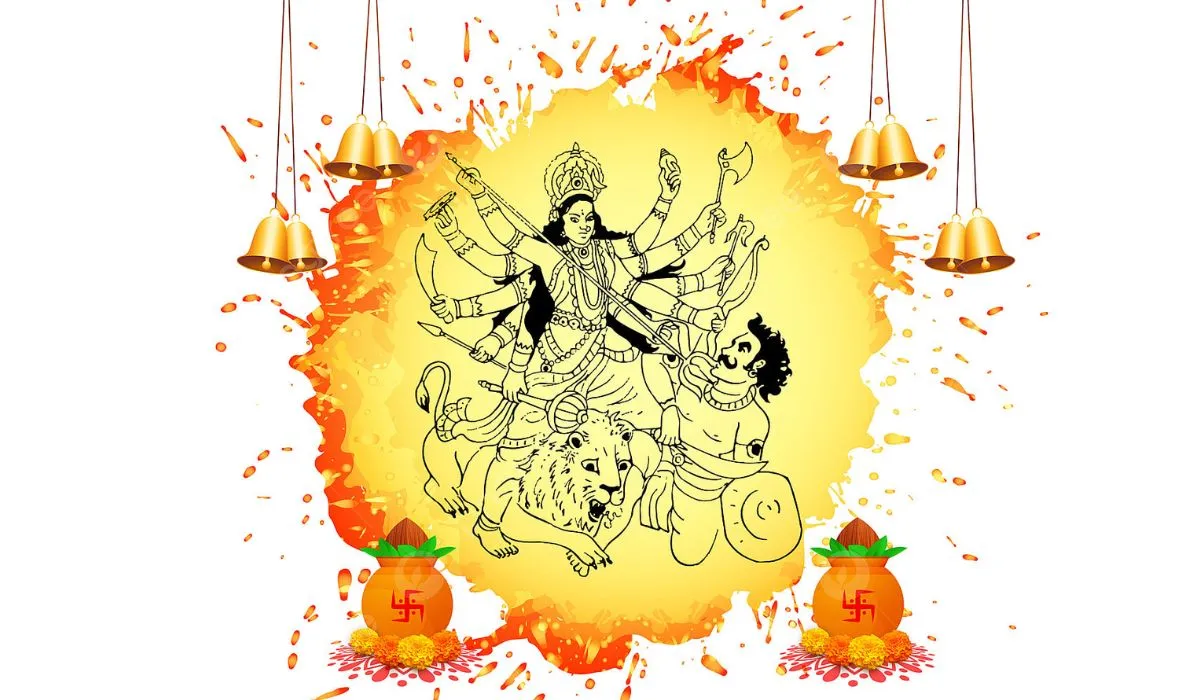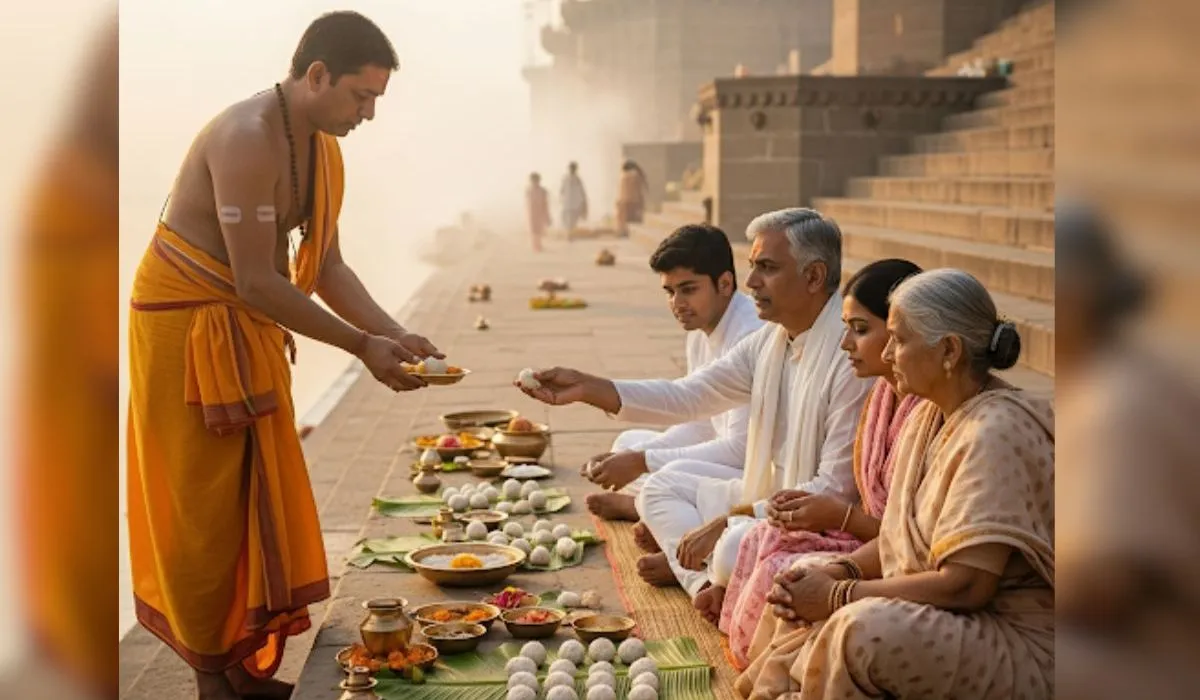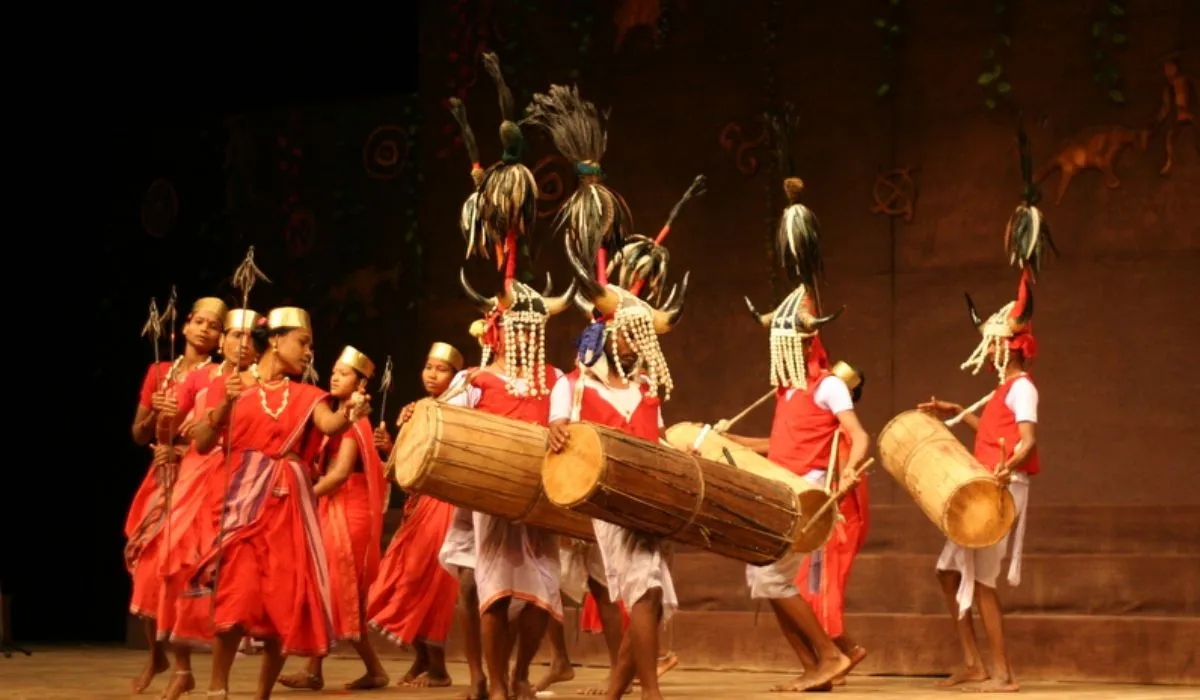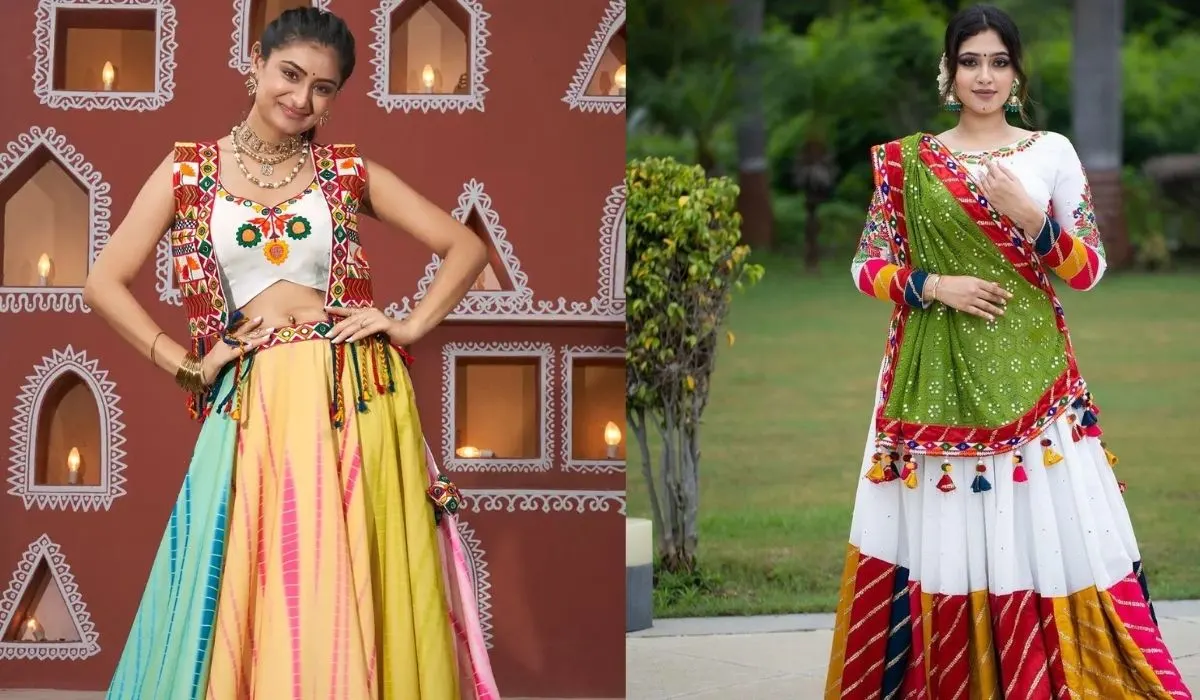We are going to discuss such a special festival today. This is a festival of the love of a mother to her kids. It is called Jitiya Vrat in Bihar. Have you ever noticed your mom or grandma not eat and drink anything in a day? It might seem very hard to do. Nonetheless they do it with a joyful heart. This is not only fasting but health and long life of their children. It is a heavy tradition that is full of love, tales and delicious food!
Today, we will know everything about this valuable Hindu festival to the welfare of children. We would learn its history, its traditions and the reason behind its uniqueness to millions of households. Let's get started
What is the Jitiya Vrat?
Jitiya Vrat is a special fasting ceremony of the Hindu. This is a strict fast which is observed by mothers as a form of ensuring the good health of their sons. Nowadays most moms fast on behalf of their girls! The chief purpose is to pray to have a long and healthful child.

Vrat is a word that translates to fast or vow. This is not just any fast. It is a nirjala vrat that is, no water is taken in more than 24 hours. It is a very tough fast. Mothers are strong and firm believers in doing it.
This festival also goes by the name of Jivitputrika Vrat. This name is given after a story, which we will read on next. It is family time, prayer time and the time to celebrate the relationship between a mother and her child.
The Story Behind Jitiya Vrat: A Tale of a Loyal Fox
Great festivals all have great stories. It is a lovely legend of Jitiya. It demonstrates that love and faithfulness are extremely strong.
In the olden days a heroic king was called Jimutavahana. He was very kind. One day, he happened to see a crying woman. Her name was Sanjiva. The reason she was crying was that her only son had been given as sacrifice to a giant bird like creature known as Garuda.
Garuda was the king of birds. He had a bargain with the snakes (nagas). Garuda would be fed on by a snake every day. This was the day of the son of Sanjiva.
Jimutavahana pitied the mother very much. He volunteered to replace her son. He reclined on the sacred rock to which Garuda arrived to feed. Upon arrival, Garuda found one King rather than a snake.
Everything was explained by Jimutavahana. He told Garuda to cease feeding on the poor snakes. Garuda was impressed by the king so much with his kindliness and courage. He vowed that he would never swallow the snakes once more. And he revived all the snakes he had supped upon before!
When is Jitiya Vrat Celebrated? Understanding the Timing
The date of Jitiya festival is on the moon. It takes place during the Hindu month of Ashwin. This normally falls in September or October according to the English calendar.
The fast is practiced on the eighth day of Krishna Paksha (ashtami tithi). The dark half of the moon is Krishna Paksha. It is during this period that the moon becomes smaller.
In other words: it is celebrated on the eighth day of the full moon (Purnima) during the month of Ashwin. Individuals consult their local calendars in order to determine the date on a particular year.
You may also read this :- Festive Spirit: Durga Puja to Kali Puja Traditions Unfold
Who Can Observe the Jitiya Vrat Fast?
The Jitiya Vrat is a conventionally celebrated tradition among mothers. They go hungry in the hope of long life of their sons. However, times are changing.
Today, girls are also fasting by their mothers. This vrat is even followed by pregnant women. They make prayers that their unborn child will be healthy. On certain occasions, when a mother is unable to fast, a grandmother or an aunt may perform it on behalf of a child.
The rules are based on love. Anyone who has a motherly love towards a child will be able to observe this fast with a pure heart.
Three Days of Jitiya Vrat: A Detailed Look
It is not only a day of fasting. It is a three-day event. Every day has its name and rituals. Let's break it down.
Day 1: Nahay Khay (Day of Bath and Feast)
The first day is referred to as Nahay Khay. Nahay, which means to bathe and Khay means to eat.
- Mothers bath on this day in what is referred to as a holy bath mostly in a river or a pond.
- They then have a special meal after which they commence their fast. Barley and rice are normally used to prepare the food.
- The reason why this meal is important is because it gives them strength to the long fast that they are about to do.
Day 2: The Prime Day of Fasting (Khur Jitiya)
It is the most significant day. It is the feast of the stern nirjala fast.
- Mothers do not eat any food. They drink not even a drop of water.
- They spend the day singing Jitiya Vrat Katha (the story songs), praying and hearing the holy story.
- At night they pray to the holy fig tree (peepal tree) and Lord Chandra (the moon god).
- They also provide special food or marua roti and non-grain foods to the gods.
Day 3: Parana (The Day of Breaking the Fast)
The day three is known as Parana. It is during this that the fast is broken.
- The mothers get up early, bathe and make last prayers.
- They do not break their fast until they can see the stars in the morning sky. This is a very important rule.
- They then eat a special meal. The meal is usually composed of milk, fruits and other sattvic (pure) foods.
The Special Food of Jitiya: Sattvic and Delicious
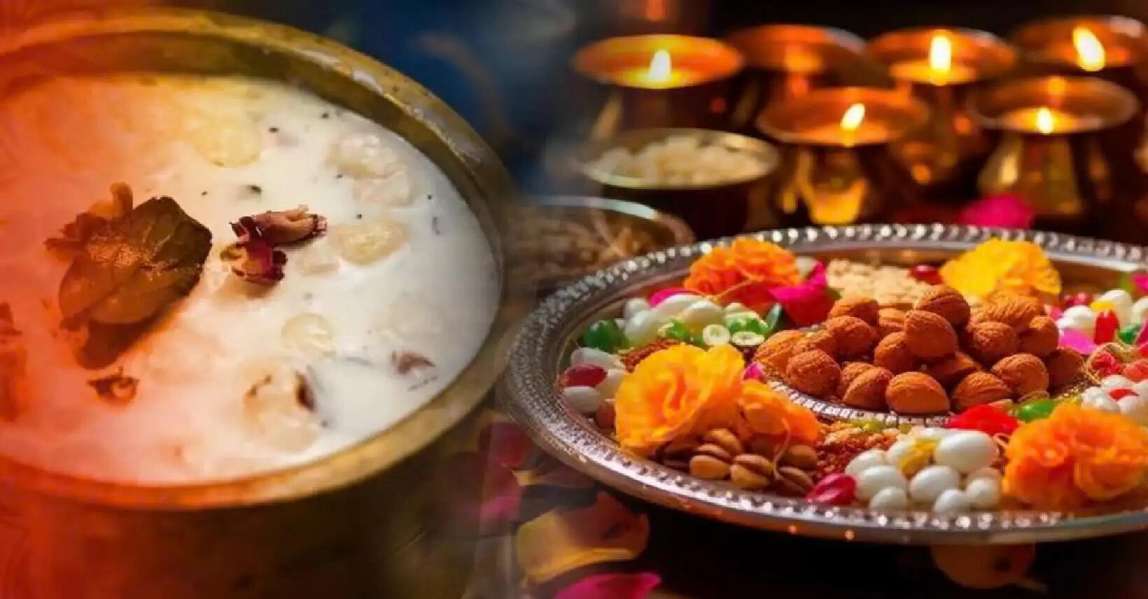
The Indian festival is also a large part of food! This is a fast hence the food is special. This is referred to as sattvic food- pure and simple and body friendly.
Marua roti is the most significant piece of food. It is a bread that is prepared using marua flour (finger millet). It is very nutritious. Other common foods include:
- Dishes that do not include grains: Grains are commonly shunned during fasts so individuals consume a flour made out of such ingredients as singhara (water chestnut) or kuttu (buckwheat).
- Potatoes: Prepared in numerous ways without onions and garlic.
- Fruits: Such as bananas and apples.
- Milk and Yogurt: To make a soft entrance to the fast.
It is delicious and does not fill one up.
The Emotional Bond: A Mother’s Promise
I recall the time I saw my grandmother fasting. She was a strong woman, yet would be so weak at the end of the day. Almost all, though, she would always have a soft smile on her face. And she would say to me, this is nothing in comparison with the delight of knowing my children are safe.
This is what Jitiya Vrat really means. It is not a rule. It is a promise. It is the commitment of a mother to the world to never harm her child. It is her defense against unseen threats using the strength of her love and belief.
It is a lesson of sacrifice and love to children. It helps them to recognize the multitude of things their mothers do to them, which sometimes they are even unaware of.
Conclusions: The Everlasting Strength of the Motherly Love
Jitiya Vrat is not just a religious one. It is an event that glorifies the best association in the world- the association between a mother and her child. It is a celebration of hope, courage and pure love. It teaches us that faith has the power to move mountains. The most powerful weapon to a child is the prayer of a mother.
Henceforth when you observe your mother or grandmother doing this hard fast, hug her. Gratify her love and sacrifice. That is the real spirit of Jitiya.
Questions and Answers: About Jitiya Vrat.
Q1: Does a woman keep Jitiya fast on behalf of her daughter?
Yes, absolutely! The tradition began with sons, however, nowadays, millions of mothers starve to the long and prosperous life of their daughters. Love does not see gender.
Q2: What would happen when a mother is ill and is unable to observe the strict fast?
Strict rules are less relevant than the spirit of the fast. A mother who is ill can observe a partial fast. She can have fruits and milk. She is also able to merely pray with a clean heart. God knows what she is up to.
Q3: Why do we break the fast upon seeing the stars?
This is an ancient tradition. It is associated with the lunar calendar and the particular time (tithi). It is believed that the ritual is best achieved by breaking the fast on the right time and achieve all the blessings.
Q4: What does Jitiya mean to you?
This is not essential, but listening to the Jitiya Vrat Katha (the story) with a heart that is devoted is. The fast brings meaning to the story as well as inspires the mother.
Q5: Are young girls able to follow this fast?
Young girls tend to follow a less rigid type of the fast. They do it in order to be informed of the traditions and to pray to the well-being of their future families. It is also a lovely means of preserving the culture.



